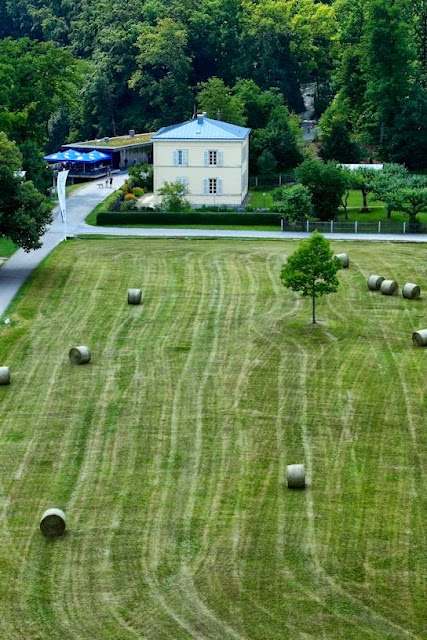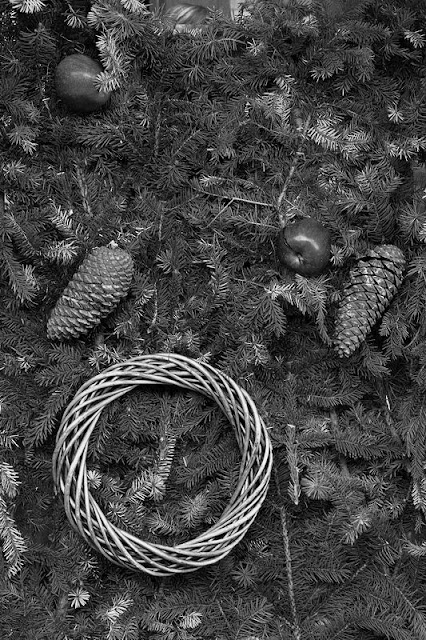"Spring has sprung!" Things are warming up and we're enjoying longer days and more time to make photos. Today, we’re going to revisit photographic salons.
A photographic salon is basically a competition where photographers compete to be included in a photographic exhibition. A circuit is generally several salons with unified coordination.
The advantage of salons is that your fellow photographers judge all the entries. The judges are generally advanced photographers who've been competing for a while and been honored by one or more of the photographic societies. They generally aren't about who has the best gear and does the "fanciest" editing. They're about the photographs entered, and the art of photography.
The biggest drawback is that many of the better-received images are more in line with the current trends and tastes. For instance, HDR images can be highly received, as can images with high contrast or color purity. A well-received style can garner lots of acceptances and quickly becomes recognizable. The big drawback in all this is the tendency to intimidate the newer participant. If you aren't comfortable with your style or willing to try something new, you can get put off salons quickly. The problem is that this mindset and effect is also common outside salons. How many times have you looked at an image and thought, "I wish I could make something like that?" You can see it in many photography forums and groups. Of course, great images should never discourage us; they should inspire us and drive us to pursue our own style and merit.
I suggest every photographer enter a salon, the experience is quite wonderful overall. The joy of getting your images ready, the anticipation of your report, and finally the joy of seeing how many acceptances you receive is quite exciting. You also get valuable feedback by knowing whether you photos were well received. Knowing what worked for one, though, doesn’t guarantee it will work for another, as each salon has different judges. That allows for your work to be seen by real photographers, and to be judged on the photographic merits, rather than sentiment of a random audience. The feedback is more useful that way.
For the second year, I entered the Trierenberg Super Circuit and Special Themes Circuit. I entered The large print divisions. These entries are part of the PSA's Pictorial Print Division. I had 5 images selected into the 4 exhibitions across Austria. After last year's entries, and further acceptances into the Al Thanni Award, exhibited in Qatar, Austria, and London, I'm convinced that the learning experience and joys of achieving such recognition far outweigh the negatives. Those images not accepted have helped improve my technique, editing, and presentation, as well as show where I missed the mark.
The following images were accepted:

A Temporary State. Open Color Print.

For Us. Open Monochrome Print.

Christmas Cheer. Experimental Color Print.

Cross and Field: KChrome. Experimental Color Print.

God's Embrace. Landscape Color Print.
We want you to share your photos, especially of our place, with us on our Hohenfels Volks Facebook page. You can also e-mail questions, photos, or comments to HohenfelsVolks(at)tks-net.com, and we’ll get them posted!
Is there anything you’d like to see here? Do you have a question? Share your thoughts here or at the Hohenfels Volks Facebook page. Of course, commenting on both Facebook and here is always appreciated, too!














